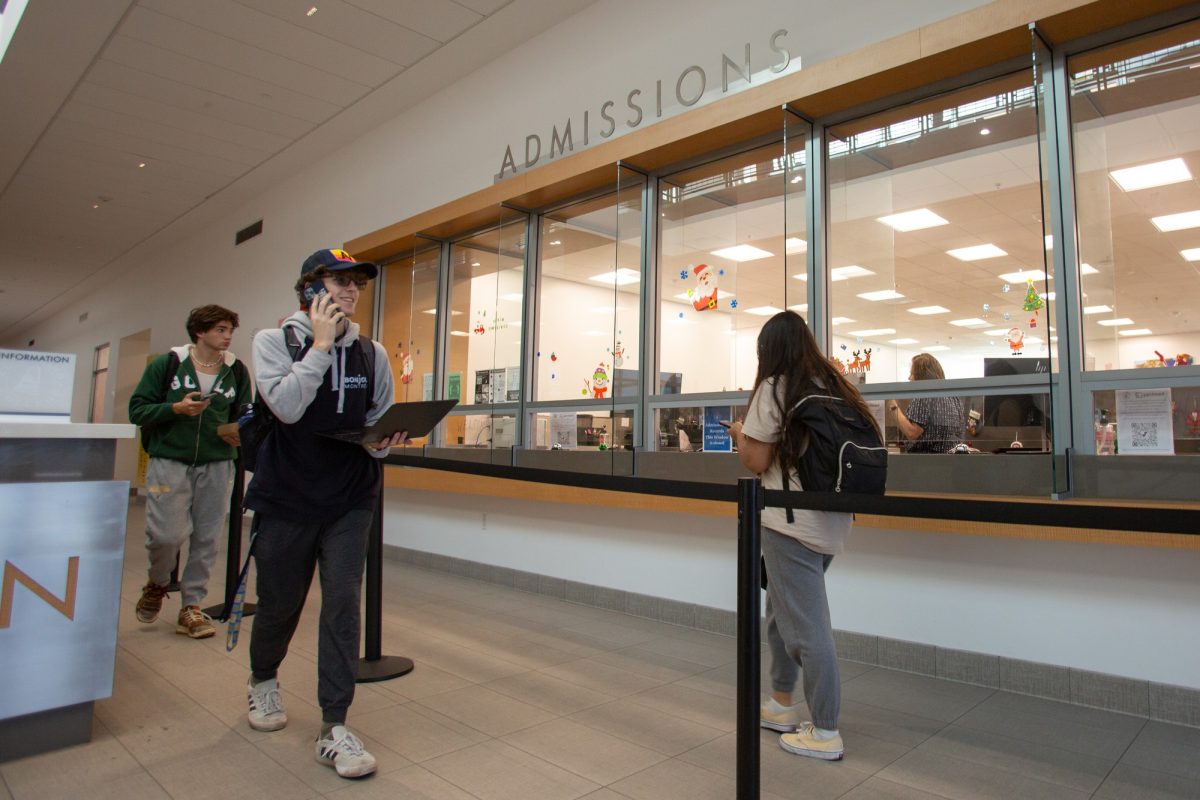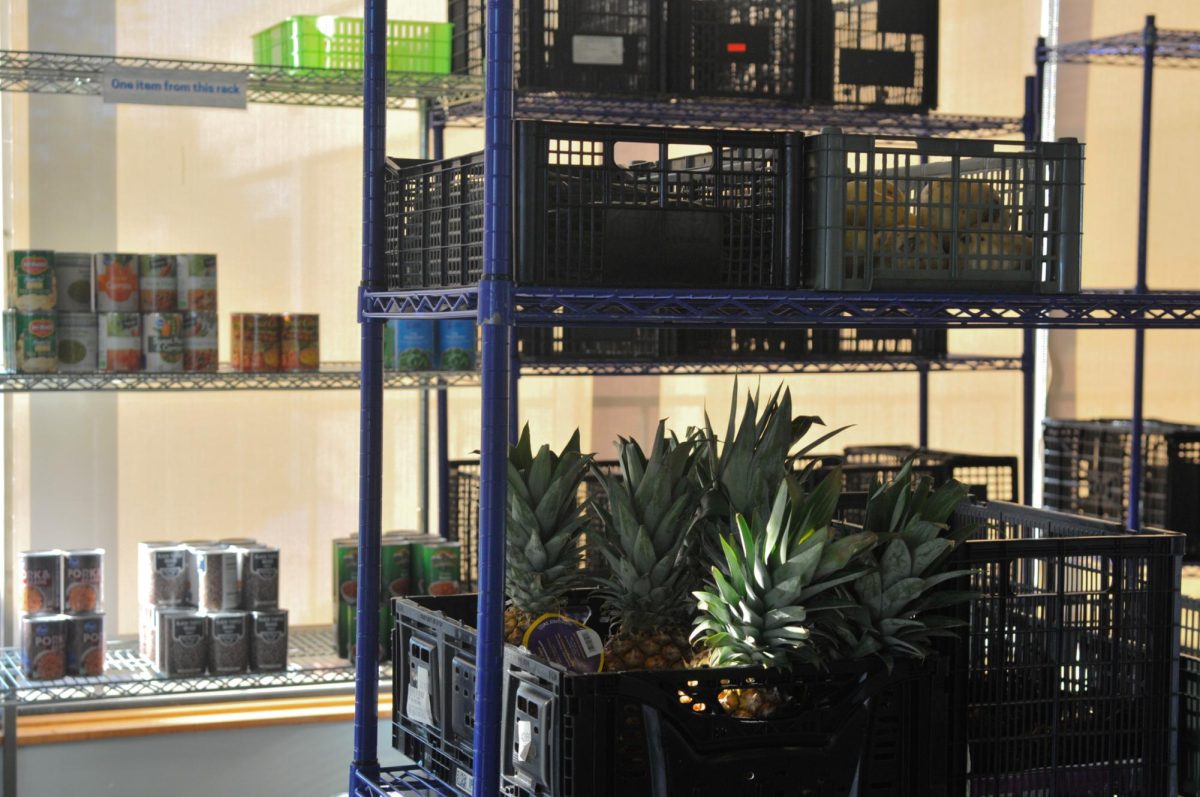As plans move forward on modernizing the campus, the next project to renovate the Social Sciences Building, is being met with skepticism among some professors who teach there.
If the state approves, the plan is set to begin in 2009, and will last for approximately one year: It will cost $10 million, which will be split between the state and the college.
“The phase that we’re in right now is the funding for the development of preliminary plans,” Bob Gann, director of facilities and planning and services, said.
“The next two phases would be funding for the development of a more detailed set of plans that would make us ready to go out to bid for the project and funding for construction, but we haven’t received word from the state whether the two phrases would be funded,” Gann said.
The proposed renovation plan will include upgrading the bathrooms, reducing class sizes on the north side of the building, installing a new elevator and a ventilator system and integrating smart technology and wireless Internet access in the building.
“Our division offices will be moved to make way for classrooms,” Dr. Gloria Miranda, dean of Behavioral and Social Sciences, said.
The most notable change that concerns some professors who teach in the building will be made to the faculty offices.
The new offices will be adjacent to the hallway instead of set back like the current configuration is.
Some are concerned that the new design may pose a problem because of the hallway being so close to the faculty offices, which may result in many of the professors having to close their doors to keep out the noise.
“It’s going to be very loud and it’s going to be a problem with trying to keep the office door open,” Dr. Arthur Verge, history professor, said.
Some faculty members have reservations that this problem could be a hindrance for students as well.
“Having faculty office doors closed unfortunately sends the message that faculty are not available,” Dr. Kristine Daniel-DiGregorio, human development professor, said. “It may discourage students from the access of a very important source.”
A benefit of the proposed design is that it will provide more efficiency and room for additional classrooms.








